The Impact of Visual Arts on Business
What is the Visual Arts? Is it relevant to the functional world of business?
When I think of Visual Arts, immediately paintings and sculptures come to mind. I remember

growing up, loving art, but never seeing its true value. In a way, I was one of those persons who saw art as a fun hobby – something not to be taken seriously, and definitely not a lucrative career path. Ironically, I teach Visual Arts at the secondary level now. When I ask my students what comes to mind when they think of the words “Visual Arts”, I get responses directly related to the Fine Arts, along with words like “expressive”, “creative” and even “therapeutic”. While I know that most of these students are not going to further their studies in the subject, I still hope to embed some of the potential of the area in them, which I believe that they can take with them and incorporate in their daily lives and future careers. I want to inspire them to become individual thinkers, who can look beyond the horizon. Art fosters that capacity.
I believe that Art is an integral part of our lives, but how can it be related to our organisation?
Personally, I see it fitting into the business place in one of two ways. We will start off with the most obvious – the environment. Take a moment, look around you…what do you see? Isn’t art everywhere? From the paintings on our walls to the simple labels on our favourite snacks, the layout of our most-visited web pages, the TV advertisements of our beloved products, the clothes that we wear, the shape of our furniture and even in the design of our motor vehicles.
The business of Art supports the Art of Business.

When we enter into an organisation, we immediately assess its surroundings. We notice the structure of the building, the colour of the walls, the signage, the decoration (be it blinds, vases, sculptures or paintings). We are always told that first impressions count. Therefore, the ambience is the first signal to our client and even employees as to whether they see a future with this company or whether they want to get away as fast as they can. Organisations should be conscious of how they decorate their spaces, in order to ensure that they engender a sense of belonging as well as stimulate innovation in employees and keep those creative juices flowing.
On the next spectrum, the Visual Arts is not only focused on the development of artistic techniques and the creation of masterpieces. Art is actually an immersive experience, through which persons can develop their skills in observation, critical thinking and even problem-solving.

In this twenty-first century, where globalisation is ubiquitous, the world that we live in is now flat. Technology has taken off on a rampage, knowledge is at our fingertips and university degrees have become a norm. Therefore, as individuals and organisations, we need something that will set us apart. Today’s business environments demand innovation and creativity more than ever.
In order for a business to succeed in today’s world, it needs to maintain a competitive edge. Business executives are no longer looking for linear-thinkers, who possess the world of knowledge. They want reliable and creative persons, who are passionate about what they do and can continuously keep the company at the cutting-edge.
In this sense, the Visual Arts can help people gain new insights regarding the day-to-day running of a business – developing new ideas, finding relationships between unrelated ideas, reframing problems in order to generate a new perspective and transforming their vision into action.
Steve Jobs, who is best known as the co-founder of Apple Inc., is being considered a true visionary. In a February 1996 article in Wired, Wolf noted Jobs as stating:
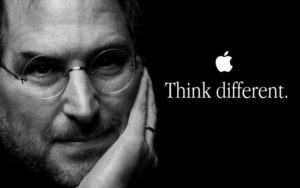
“Creativity is just connecting things. When you ask creative people how they did something, they feel a little guilty because they didn’t really do it, they just saw something. It seemed obvious to them after a while. That’s because they were able to connect experiences they’ve had and synthesize new things. And the reason they were able to do that was that they’ve had more experiences or they have thought more about their experiences than other people.
Unfortunately, that’s too rare a commodity. A lot of people in our industry haven’t had very diverse experiences. So they don’t have enough dots to connect, and they end up with very linear solutions without a broad perspective on the problem. The broader one’s understanding of the human experience, the better design we will have.”
As such, art allows you to perceive the human experience in a broader and more nuanced way, which in turn allows you to see… to connect dots… to innovate and yield quality design.
Whether the widget-makers and bean-counters accept it or not, the Visual Arts through its many dimensions has become an integral part of our lives. Indeed, Art can both, directly and indirectly, impact the success of a business organisation. And what could be better than to have our business world of essential services and practical commodities infused with more insight and more humanity? As one of my students said, “The Visual Arts just makes the world a better and happier place.”
Wolf, G. (1996). Steve Jobs: The Next Insanely Great Thing. Wired. Retrieved from https://www.wired.com/1996/02/jobs-2/

Dina Poon Chong currently teaches Visual Arts at the Secondary School Level. She earned a B.A. in the Special in Visual Arts with Communication Studies, as well as an M.Phil. in Cultural Studies, with her thesis entitled “Moving Towards a Trinidad and Tobago Film Language, Culture and Industry”. She has tutored in Communication Studies and was a part-time lecturer in Caribbean Film Studies at The University of the West Indies, St. Augustine Campus.

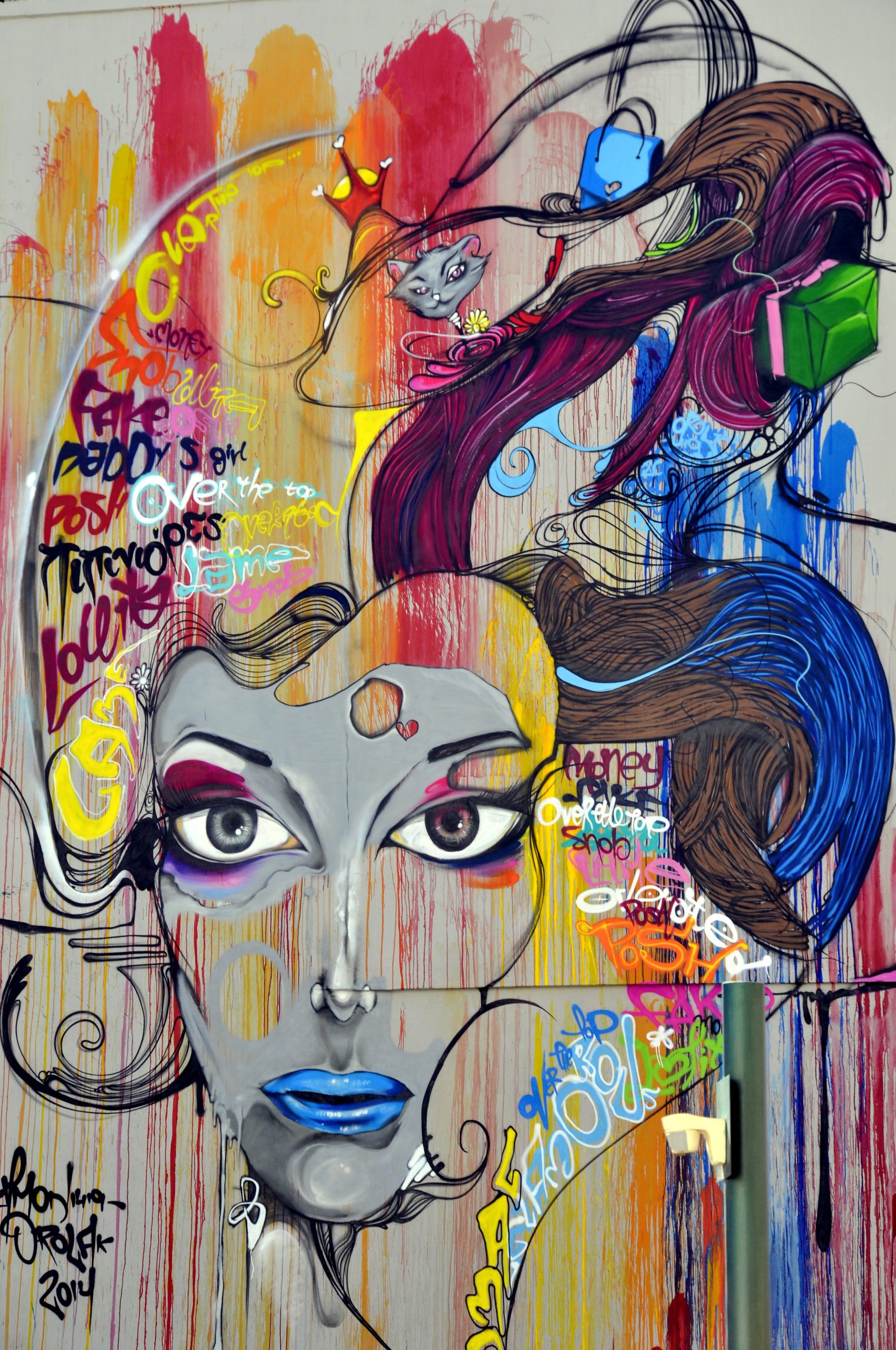
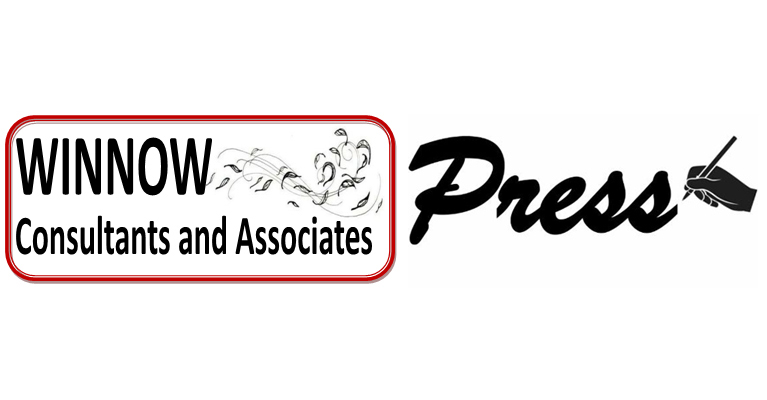
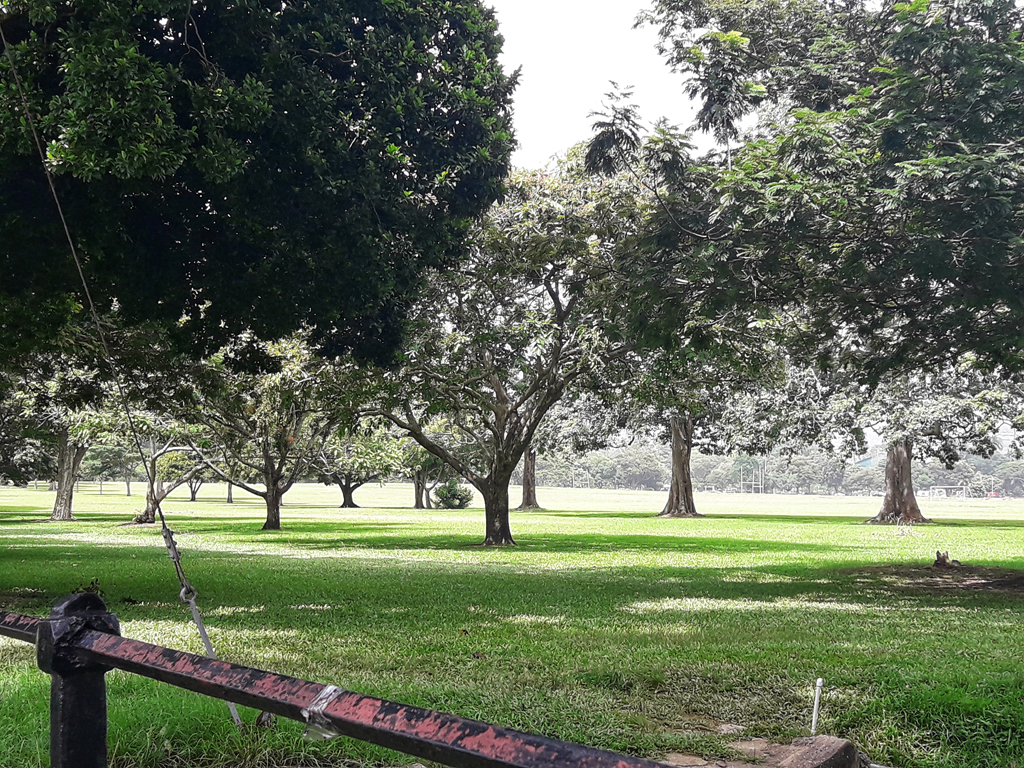

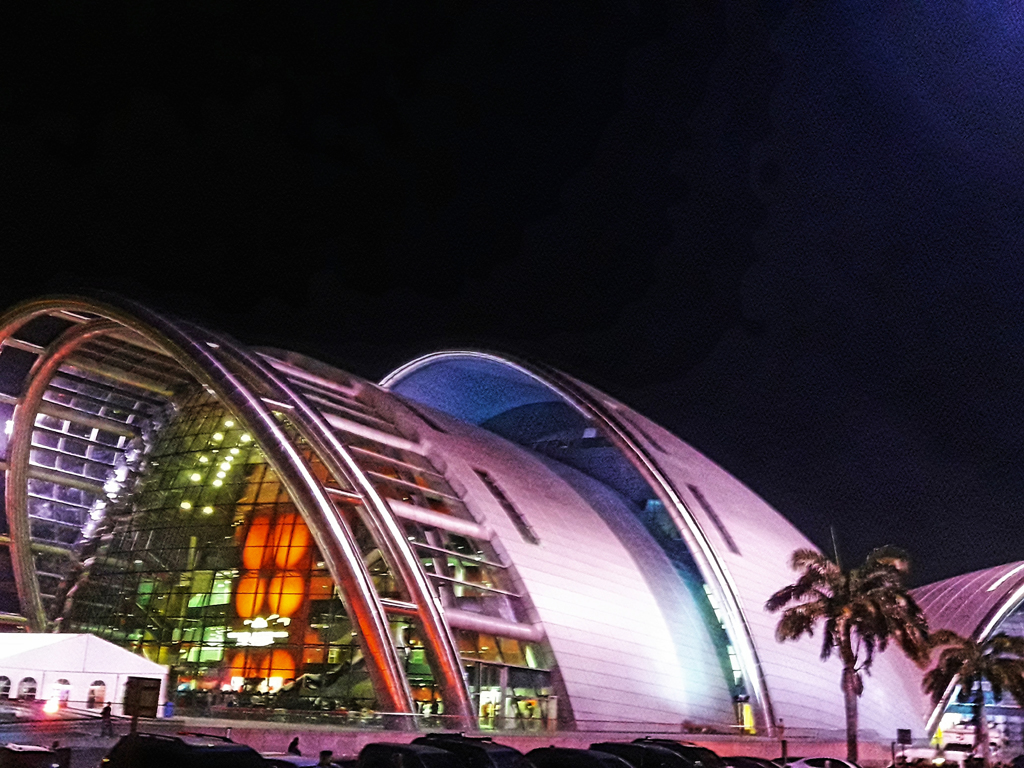
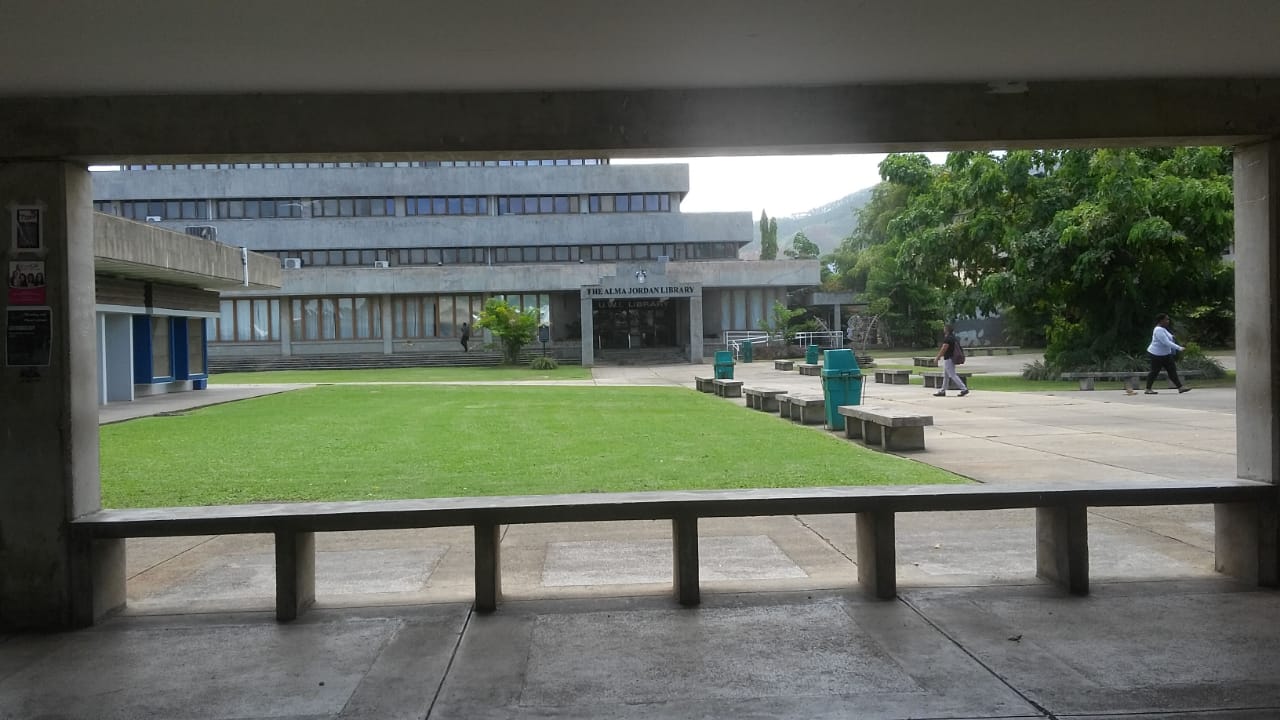


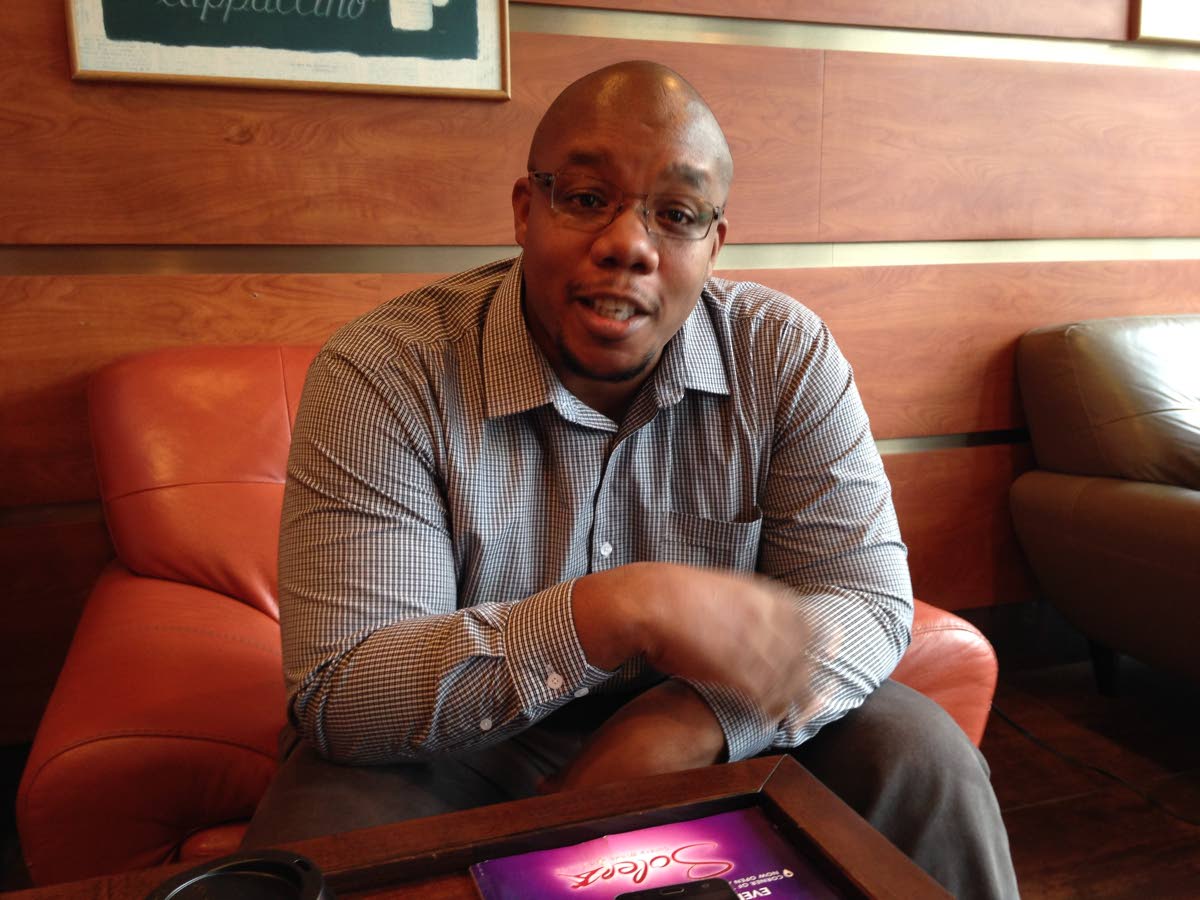

Leave a Reply